Looking Back at 2025

Anniversary, Innovation, and Global Presence: Looking back at 2025
5 Years of Polytives
In March, we celebrated our fifth company anniversary. Looking back, it has been an incredible journey marked by growth, change and many achievements. Since our official founding in March 2020, our team has continuously evolved and gained invaluable insights. Together with our partners and customers, we have pushed the boundaries of polymer innovation time and again. This innovative drive is also reflected in our most recent projects – and is shaping the path we will continue to take in 2025.
Forward-Looking Projects and Proven Quality
In cooperation with Brac-Werke and Nordmann, we demonstrated that our additives help reliably process even technically demanding materials such as recycled PET. The results were published in the renowned Kunststoff Magazin. Another highlight was the successful increase in efficiency and design freedom in the processing of PLEXIGLAS® from Röhm GmbH – with long-term stability.
We also achieved an important technological breakthrough in the field of biopolymers, even though much of the work had already been completed in 2024: Together with our partner TITK e. V., we published results on PHA processing that clearly show how significantly the processing can be facilitated – paving the way for new, sustainable applications.
Late spring saw the launch of two new projects with a strong focus on recycling and circular economy. The project ReEnAdd – in cooperation with TU Ilmenau and KOMOS – aims to improve energy efficiency and recycling quality through the use of new additives. At the same time, the project BiKoPow (in collaboration with Lean Plastics Technologies GmbH and TITK e.V.) focuses on additive manufacturing. With these initiatives, we are consistently strengthening innovation, efficiency and sustainable solutions for the plastics industry.
A major team success was the completion of our ISO 9001:2015 re-certification audit. As in previous audits, there were no notable findings – a result our small team is particularly proud of. We continually work on optimising our processes, and we validate our high quality standards through regular material testing. Using so-called xenotests, we examine the ageing behaviour of plastics (yellowing, loss of transparency, surface wear), especially for outdoor applications. In this way, we ensure the reliability of our polymer additives even under demanding conditions.
Our Trade Fair Highlights: From KPA to K – and Around the World
Direct exchange with the global plastics community is especially important to us. Accordingly, we were once again present at numerous trade fairs and events this year, with the K-show in Düsseldorf standing out as a particular highlight: It all began here in 2022 with the introduction of our first product. This year’s response was overwhelming. The strong interest in our solutions and the many inspiring conversations left a lasting impression.
As a co-exhibitor with our partner Nordmann, we also took part in RePlastEurasia in Istanbul and the well-attended PRSE in Amsterdam. Thanks to our partner Kangshin, our technology was also showcased at KOPLAS in Korea – an important step in strengthening our position in this dynamic region.
KPA and KUTENO in Bad Salzuflen once again convinced us with excellent networking opportunities, a relaxed atmosphere and a new location. To extend our reach beyond physical trade fairs, we also participated digitally: with a short presentation at the INDUSTRY.forward EXPO. Our trade fair season concludes in December with PlastEurasia in Istanbul.
Customer Proximity and New Partnerships in Asia
We continue to build valuable partnerships across the globe. Especially in Asia, we strategically expanded our market presence and established important new collaborations. In spring, together with PolymerMat e.V. – the plastics cluster of Thuringia – and BASF Performance Polymers, we organised the association’s first PolyTour. As part of this initiative, we welcomed our Japanese partner Sanyo Trading as an honoured guest in Rudolstadt to deepen the collaboration and strengthen the mutual understanding.
These encounters not only strengthened regional networks but also created a solid foundation for further market development in Asia.
Shaping & Connecting: Our Engagement in the Plastics Industry and Beyond
We are proud to be part of a broad plastics and start-up ecosystem in which we share expertise and learn from one another – whether through formal committee work or at specialised industry events.
Our management team is actively engaged in various honorary roles that extend far beyond our own company and contribute directly to the economic, scientific and social development of our region. Viktoria Rothleitner strengthens start-up support and women’s entrepreneurship as a board member at ThEx innovativ and StarTH, and supports the EXIST-Women programme. Oliver Eckardt brings the industry perspective into strategic committees such as the SANS-F Industrial Advisory Board and the IHK Committee for Industry and Research.
We also maintained close professional exchange within the industry: The TecPart annual conference in Heilbronn offered the ideal opportunity to connect with leading plastics processors. The Central German Plastics Day in Halle (Saale) provided an important platform for discussing the future of the plastics industry, bringing together industry, policy and research. Our CTO and co-founder, Oliver Eckardt, contributed on site.
We used numerous other forums for networking: At the ECP Industry Speed Dating we engaged with potential customers and partners and reconnected with familiar faces. The 14th Materials Seminar in Rothenburg ob der Tauber offered deep insights across the plastics sector. As part of the Jena delegation at the East German Economic Forum (OWF) in Bad Saarow, we moved important future topics for Thuringia forward together with partners such as JENA Digital and Fraunhofer IOF. At the ThEx Zukunftswirtschaft Conference in Jena, co-founder Viktoria Rothleitner shared practical insights on how companies in Thuringia can integrate sustainability into their daily operations.
Whether at team events such as archery and brewery tours, at trade fairs or through co-organising the PolyTour – our team grew even closer together this year.
We carry this positive momentum forward: While ongoing projects reach their milestones and new ones successfully take off, we set our sights on the next goal – making our polymeric additives the standard in even more demanding applications.
Jahreskonferenz ThEx Zukunftswirtschaft
28.08.2025 Jena: Jahreskonferenz der ThEx Zukunftswirtschaft in der Imaginata. Foto: Thomas Müller
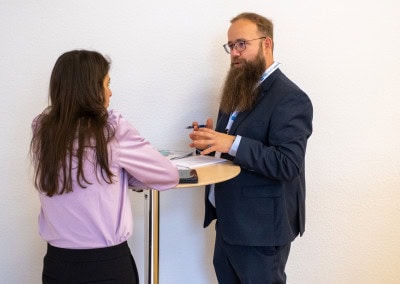
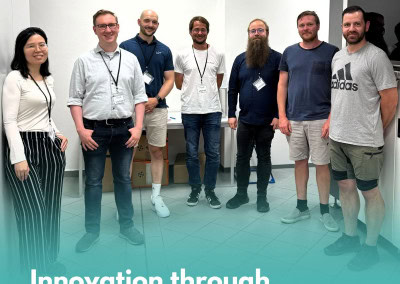


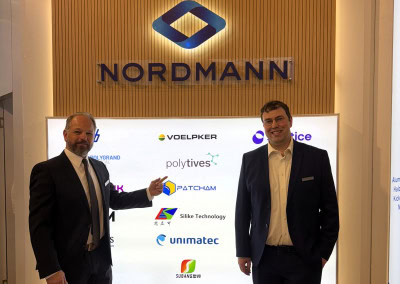
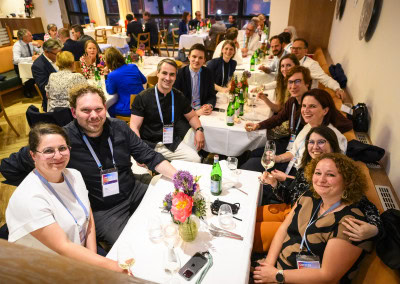
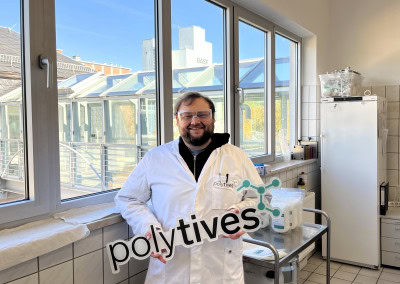
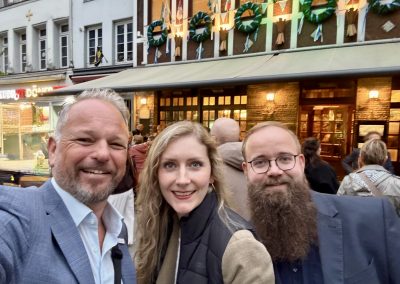
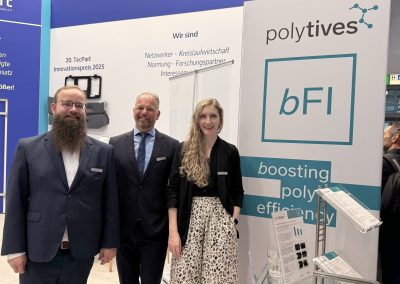
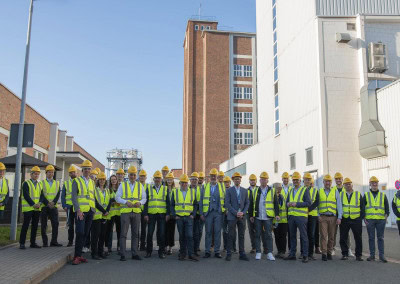

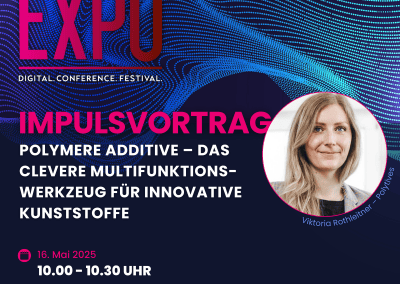
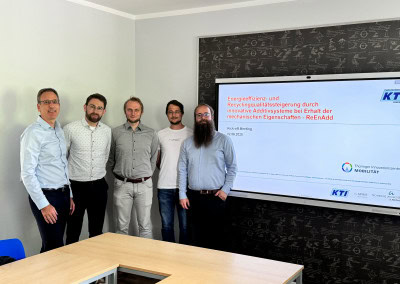
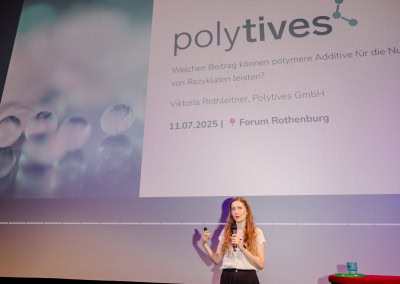
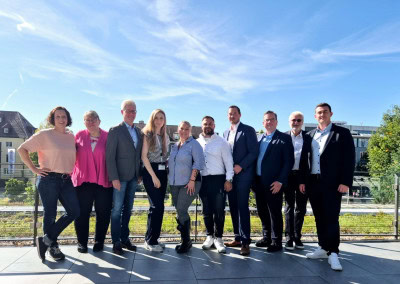
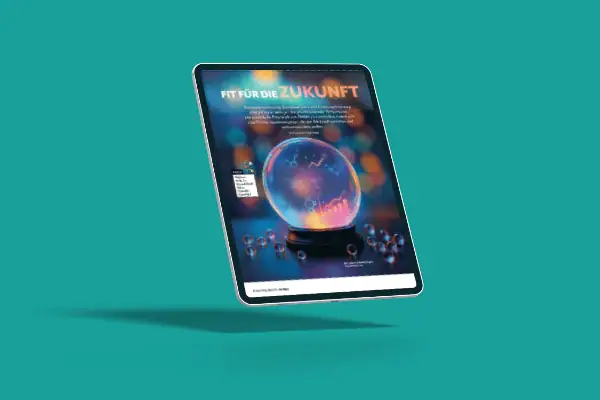


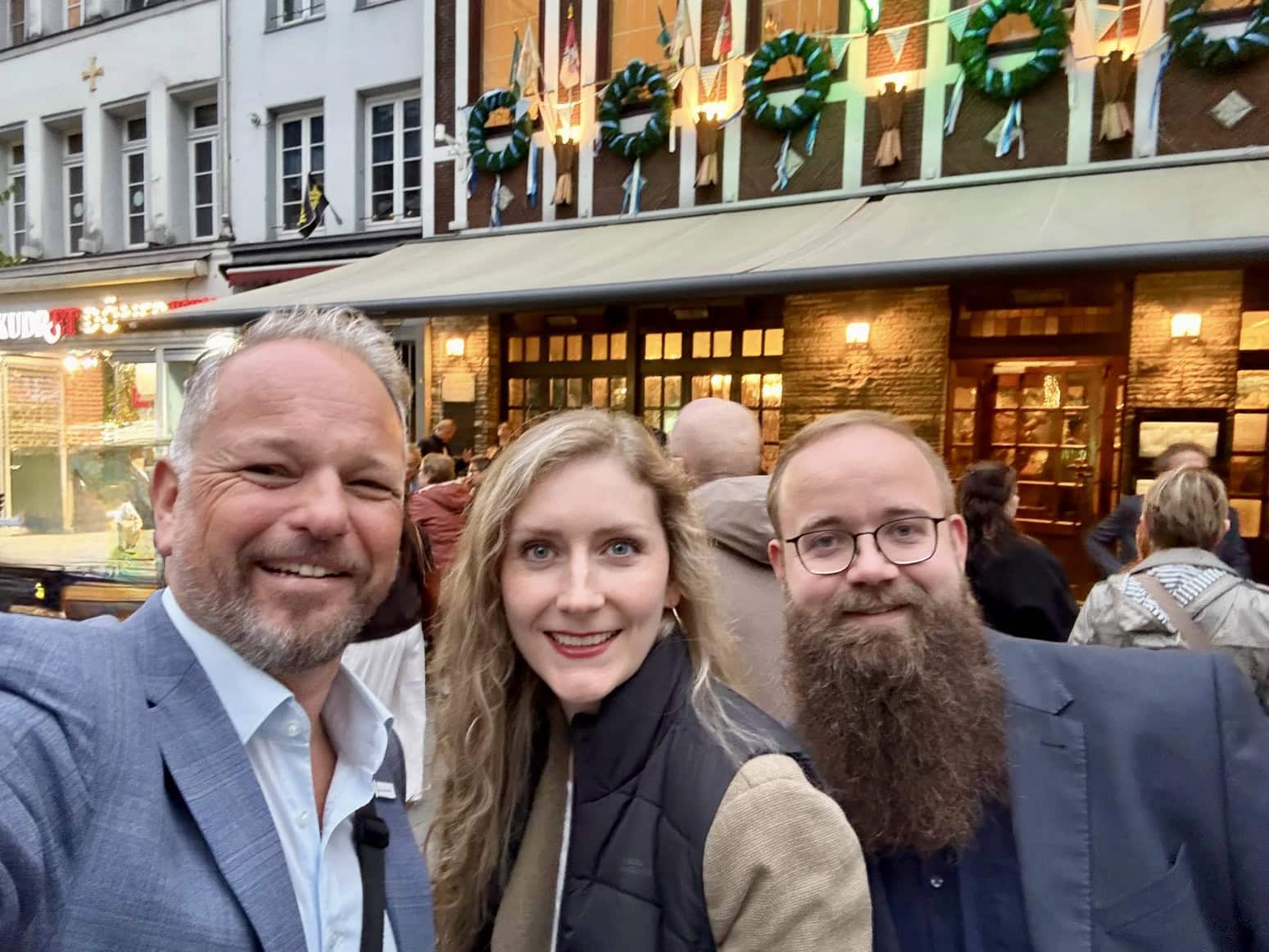






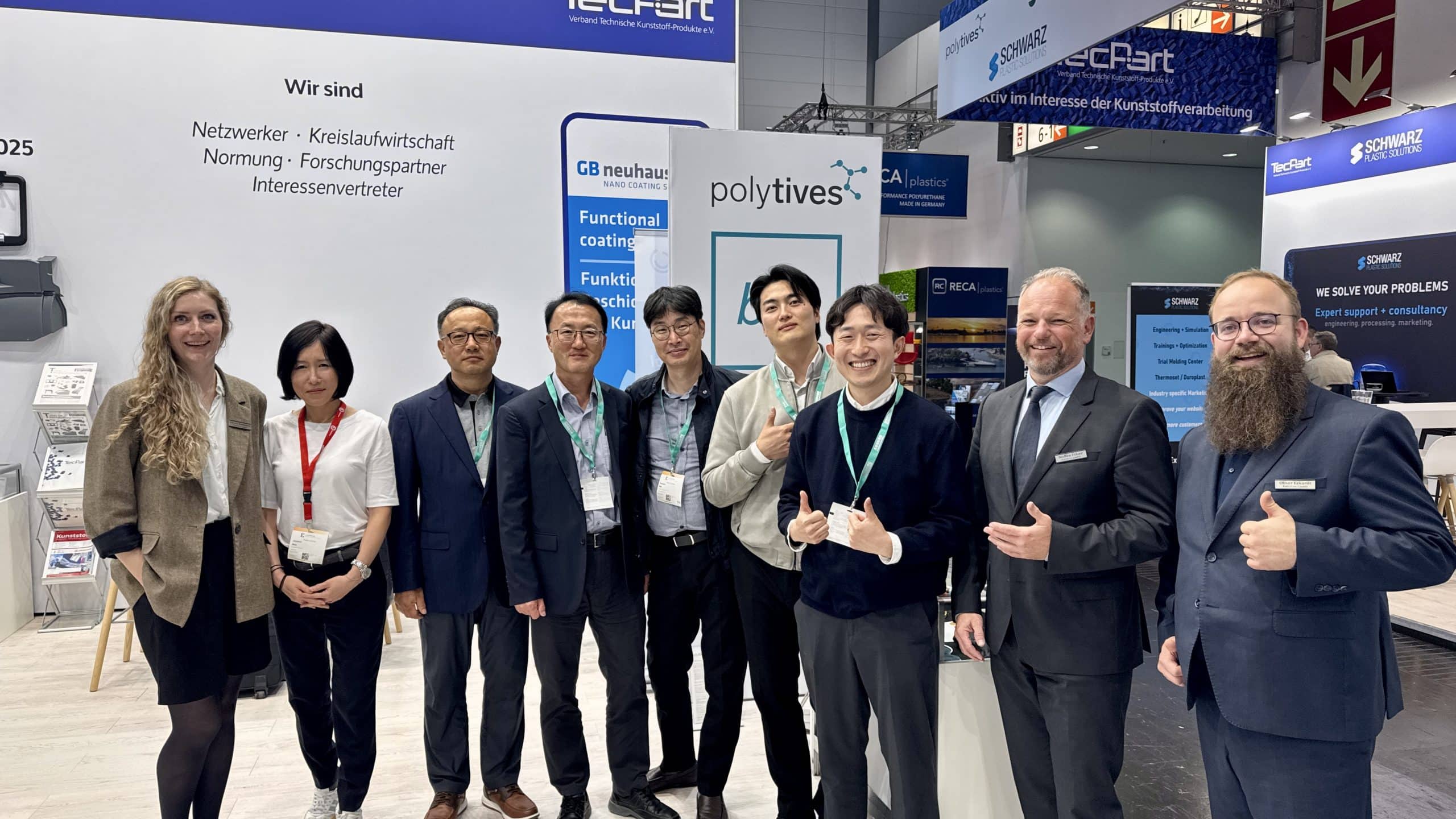
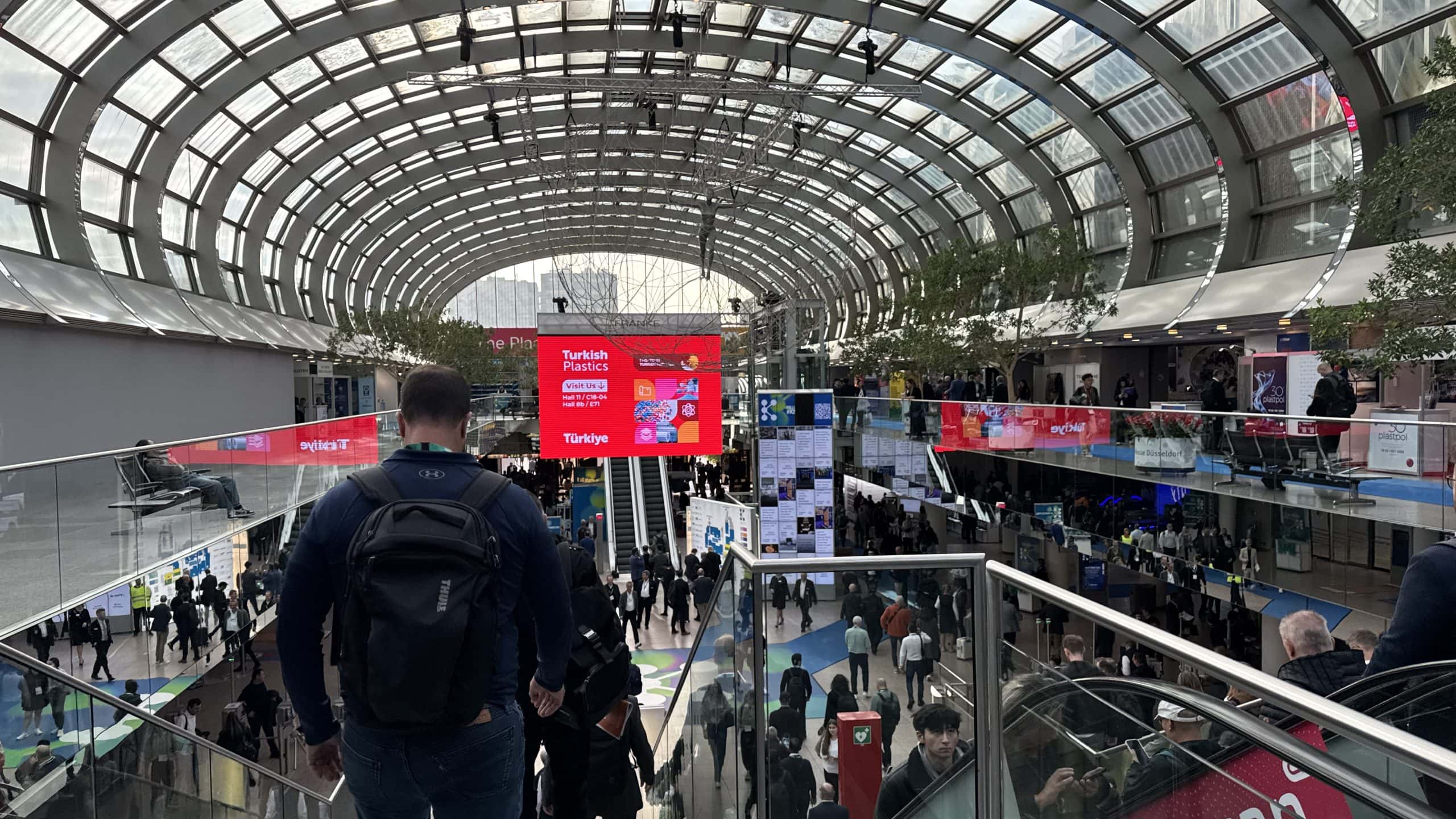




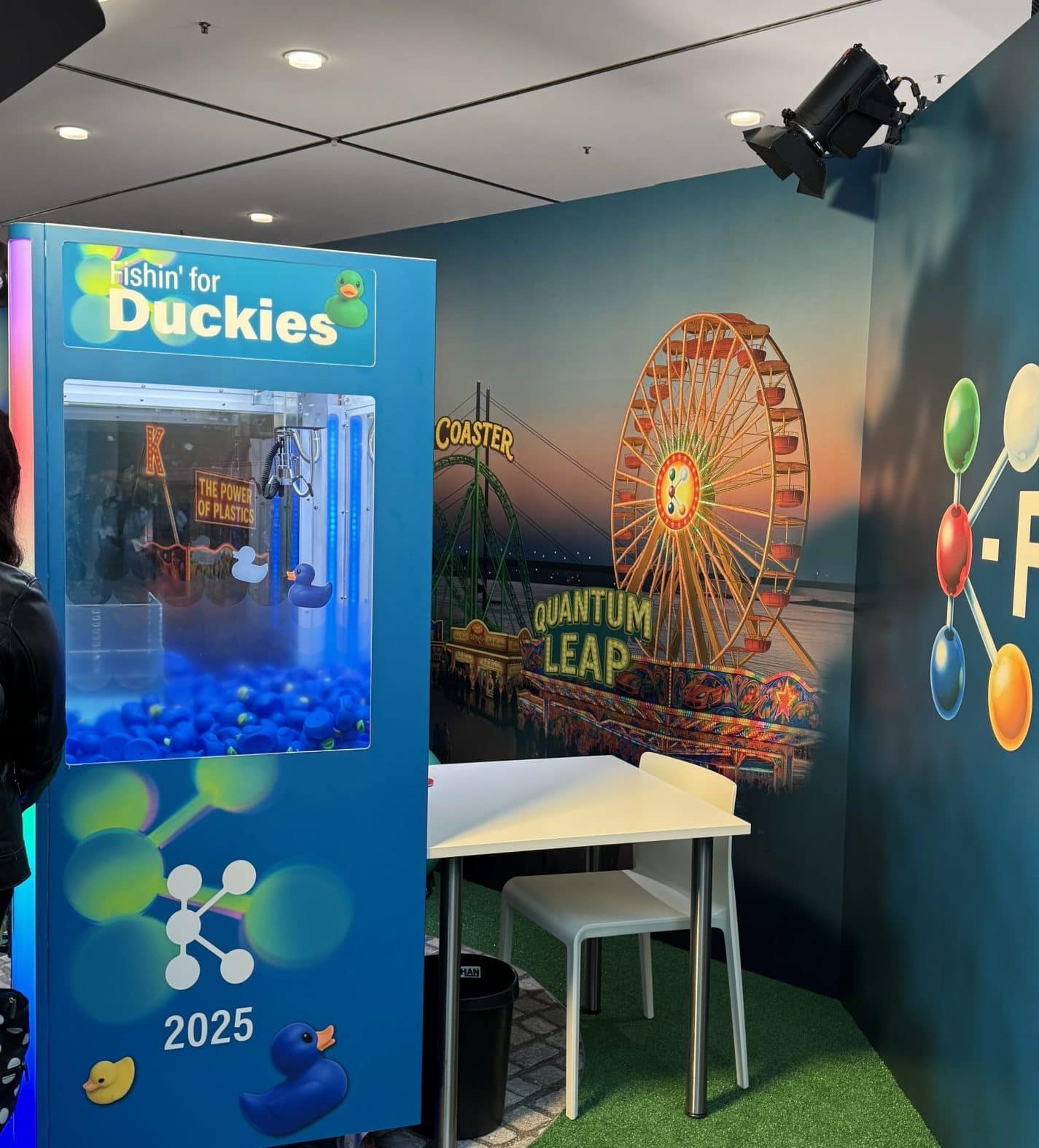
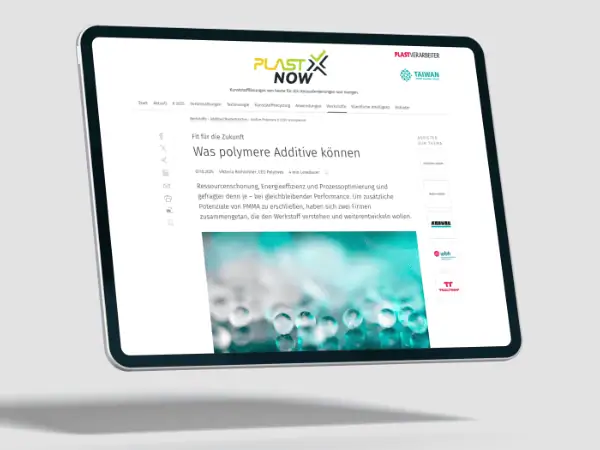
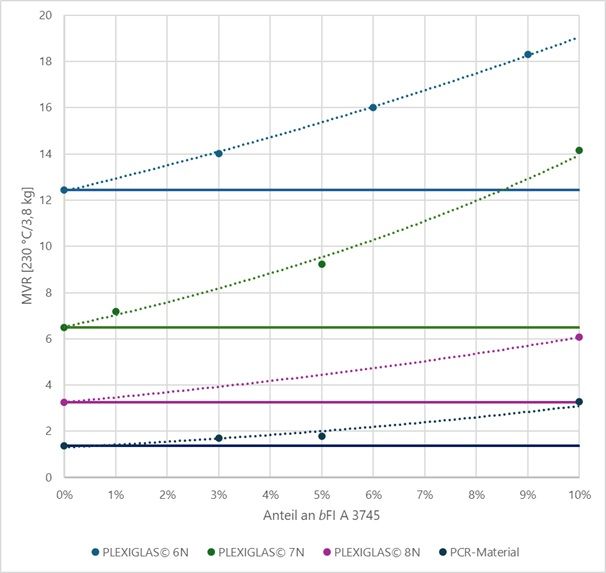


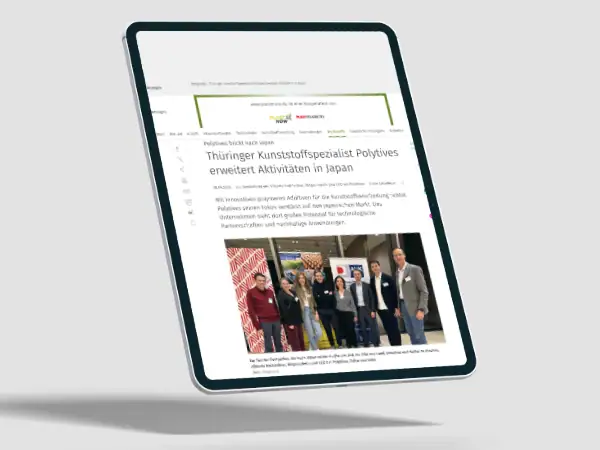
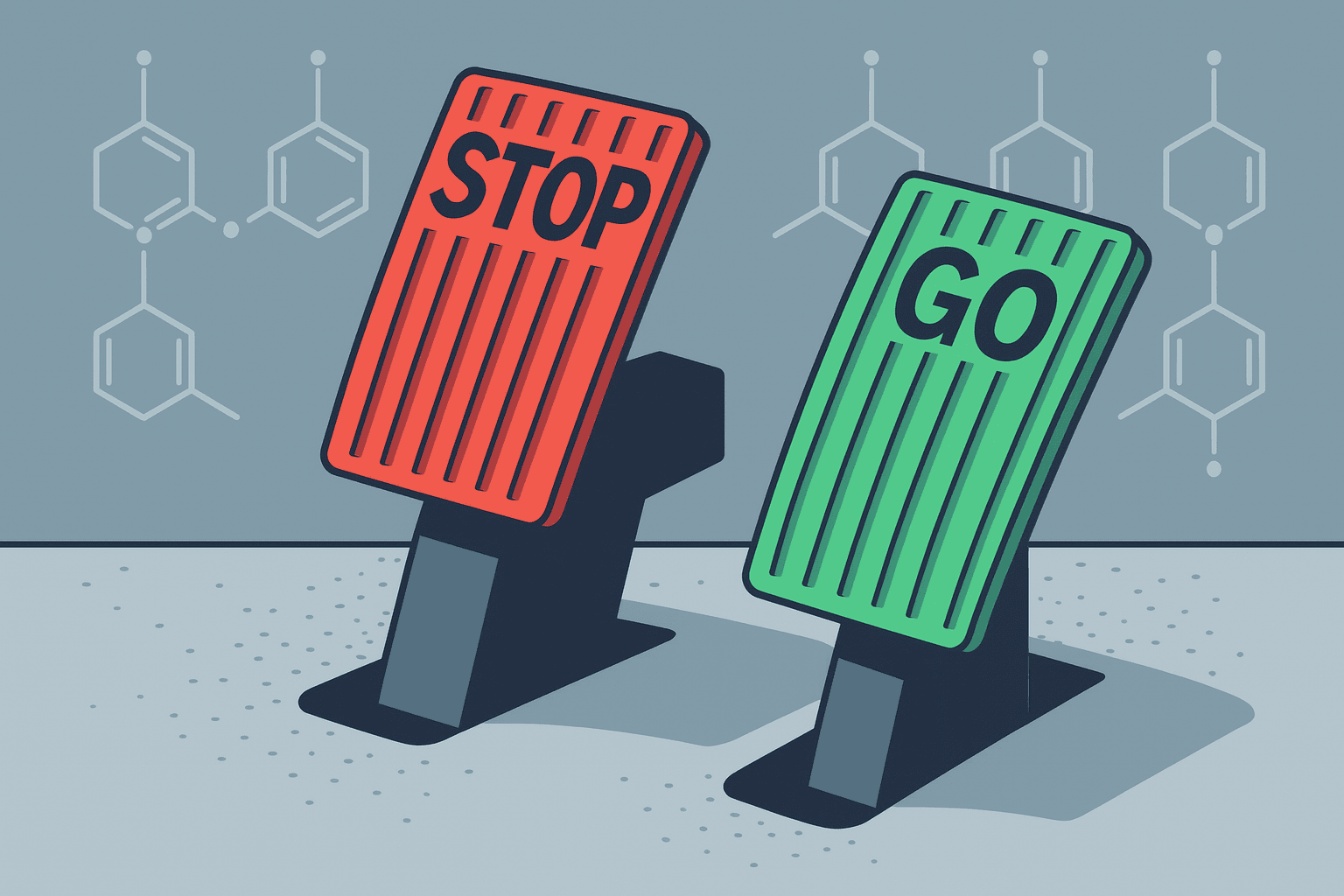
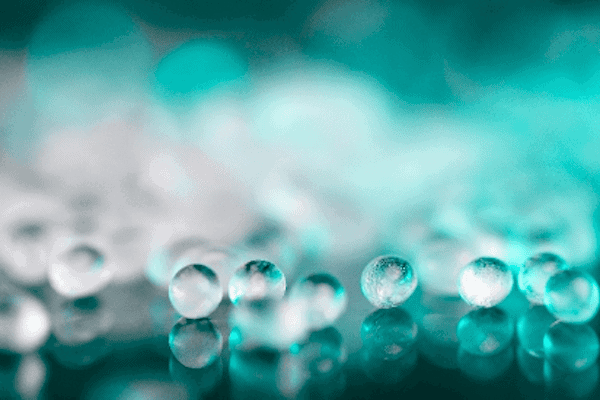

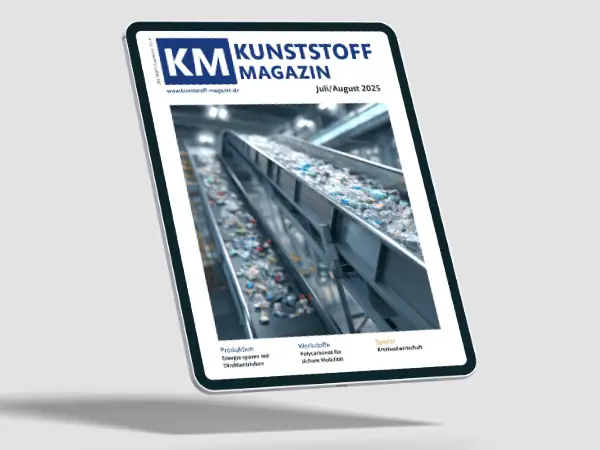









Recent Comments